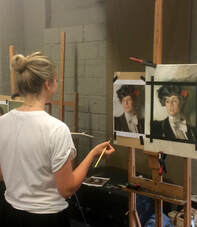 For centuries, the best artists from around Europe would travel to Italy to make copies of Renaissance masterpieces. Van Dyck, Rubens, Velazquez and artists of the British School such as Reynolds, Raeburn, Romney and Lawrence - all made the journey to Rome and they considered their time there to be pivotal in their development as artists. In a two day workshop at the London Atelier of Representational Art (LARA), I introduced a group of aspiring artists to the practice of making master copies. Students chose from a selection of classical and more contemporary portrait paintings and learned how to analyse the process behind their creation. Considering aspects such as choice of palette, brushwork and working method - students created their own copies of their chosen picture. For more information regarding workshops such as these (including another that I am running later in the year focusing on painting textures and textiles) please contact LARA here.
0 Comments
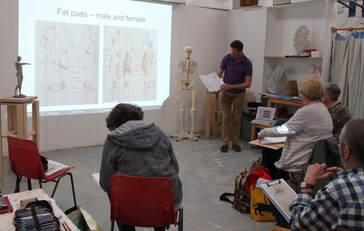 Students at Sussex Sculpture Studios Students at Sussex Sculpture Studios Billingshurst in West Sussex has a hidden gem in the form of the Sussex Sculpture Studios, run by Marji Talbot and hosting a wide range of courses by leading sculptors such as Hazel Reeves. Last weekend I taught a class on artistic anatomy to a group of enthusiastic painters and sculptors. Anatomy encompasses a huge subject area - so when I teach it I like to focus on the practical aspects rather than naming and describing every single muscle. I'm interested, above all, in the features that create structure and surface form. Over the course of the weekend I introduced the key bony landmarks and the major muscle masses, but for the most part we explored ways of giving believability and solidity to figurative paintings and sculptures.
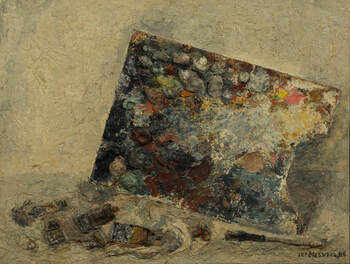 A query by email from an artist who is studying classical drawing and painting got me thinking, this morning, about my painting process and the materials I use. I suppose I have a somewhat idiosyncratic process which I’ve developed over the years. I begin with Raw Umber, Ivory Black and Cremnitz White - and use that (thinly) to get the drawing and approximate values down. After that I then often do the first layer or two of colour with a super-limited palette. For a portrait, that would normally be Raw Siena, Cadmium Red, Raw Umber, Ivory Black and Cremnitz White (which is a variation of what is often called the Zorn palette). Sometimes I’ll drop the Cadmium Red in favour of one or more of the earth reds (Light Red, English Red, Venetian Red, or Indian/Persian Red). I prefer Raw Siena in preference to Yellow Ochre - which I hardly ever use these days because I dislike its gritty texture (though some love it). Depending how I feel I’ll sometimes complete the entire painting in this type of limited palette. If it’s another subject I usually just start with as few colours as I can possibly get away with - depending on what the subject requires. The reason I start limited is that I feel the fewer colours I use to begin with the more likely it is that the overall painting will be coherent. Plus I can get started in a more instinctive way when I don’t give myself too many mixing options. If I do decide to move onto a wider palette (which I often do, once the overall rough colour scheme has been established) - I tend to go to the opposite extreme with a very wide palette. For that I use all of the following: Cremnitz White, Lemon Yellow (or similar), Cadmium Yellow, Cadmium Orange, Cadmium Red, Permanent Alizarin Crimson, Ultramarine Violet, Ultramarine Blue, Cerulean Blue, Viridian, Raw Umber and Ivory Black. This palette gives an extremely wide range of possible combinations and it includes a ‘warm’ and a ‘cool’ variety of all three of the primary colours - plus one each of the secondary colours. Raw Umber, Black and White are used to adjust saturation and value. I find this quite handy since it enables me to really ‘think my way’ around the colour wheel. I can easily add complimentary colours to temper strong mixes or produce interesting neutrals - and it enables me to plan clearly in terms of temperature combinations. I used to be quite dogmatic and a bit scornful of wider palettes and synthetic pigments. However, when you look in books like Harold Speed and Solomon J Solomon, those accounts actually reveal that the highly limited palette wasn’t as universal as commonly supposed (at least in the 18th and 19th Centuries) and I believe that a lot of the anxiety around synthetics (but by no means all) is misplaced and ignores the fact that many have been very rigorously tested. My medium of choice is refined linseed oil and odourless mineral spirits. I start the painting with just the mineral spirits and then go up to a 50-50 mix of the two for the bulk of the painting. I don’t obsess over fat-over-lean too much - but I just make sure that I never actually increase the amount of mineral spirits in any paint layer. A 50-50 mix for most of the painting seems to work well. Refined linseed oil isn’t really the best quality (cold-pressed or sun thickened would be preferable) - but they’re quite expensive. In the past I’ve experimented with stand oil, and tried Dammar and Canada Balsam. I used to mix a medium with these myself but I have recently been buying Michael Harding's ready mixed medium containing these, for reasons of laziness. However, I generally find that I dislike the sticky quality of this kind of medium and these days I rarely use it, except towards the very end of a painting or as a glazing medium. (Image: The Artist's Palette - Lev Meshberg). Coverage of my forthcoming workshop in Billingshurst. The course runs 15th - 16th June To book contact: sussexsculpture@btinternet.com Ingénu/e, Spring 2019, p.75
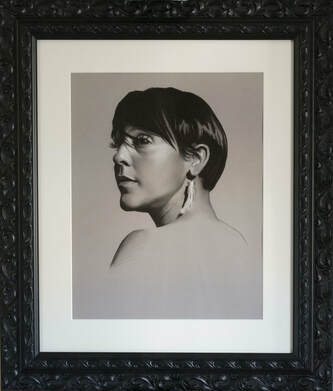 For me, a big part of what makes Horsham such a wonderful place to live is that we have an incredible restaurant right on our doorstep. Restaurant Tristan is a gem and I was so happy to do this drawing of inspirational owner-manager Candice Potter. We've had some wonderful evenings there and each dish that comes out of Tristan's kitchen is a work of art. This study is done in charcoal, heightened with white chalk on toned paper. These types of studies are an affordable gift idea and a great way to recognise someone special. If you are interested in commissioning a portrait please contact me. 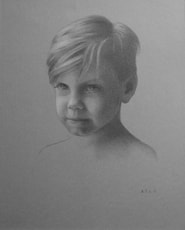 Here is a small commission that I did for a Christmas present recently. It was an educated guess, but I thought this young man, and his two siblings, probably wouldn't sit particularly still for me - and their mum agreed. So I helped her with some advice on photographing them and the images she came back with were perfect to work from. She managed to get some beautiful shots in soft natural light, and all the while keeping it secret from dad, who didn't find out about it all until Christmas Day! In other news, over the weekend of 12th and 13th January I am holding a January 'open house' event at our home in Horsham, West Sussex. It will be a wonderful opportunity to pick up some original artwork for your home. If you would like details please contact me - I'd love to see you there. I'm very proud to be featured in 'A Celebration of British Craftsmanship' published by the Queen Elizabeth Scholarship Trust. This beautiful book contains fascinating biographies and gorgeous photographs of 100 QEST Alumni from across the United Kingdom. With a forward by HRH The Prince of Wales, this book includes an incredible range of crafts from silversmiths and milliners to bell founders and charcoal burners. My entry is below. To purchase a copy click here. 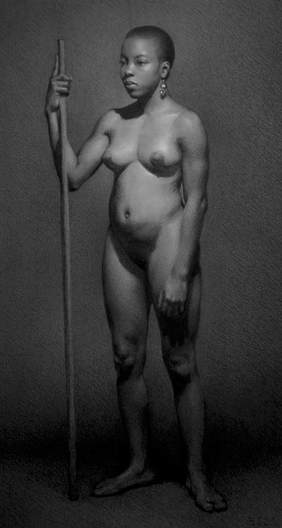 After a lengthy period focusing on painting I decided to mark my last few months at LARA London with a return to drawing. Mauricia's pose in this drawing was so strong and defiant that the challenge for me was to find the gesture wherever I could. There were beautiful subtle rhythms and flowing passages of light throughout the pose and I capitalised on these wherever I could. I loved the soft steadiness of her gaze, which intrigued me and I think draws the viewer in despite the forbidding character of her stance. I have one more month of study left, which I've decided to undertake at LARA's school in Bristol under the tutelage of Nicholas Chaundy. My plan is to work on two projects in oil, a portrait and a still life. I'm excited to be finishing my training in a new environment and I hope the change of scene will be a catalyst for some exciting new work when I'm back in my own studio. 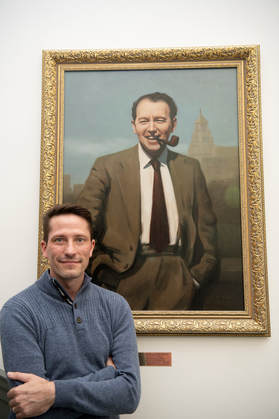 I'm very excited to share news of the unveiling of my portrait of Professor David Ritchie at the Royal London Hospital. The portrait was commissioned by Professor Ritchie's sons and hangs on the staircase of the medical school. Professor Ritchie was a noted surgeon and dean of the school until his retirement. Painted from photographic slides, the portrait shows Professor Ritchie during his formative years as a surgeon, at the famous Mayo Clinic in Minnesota. The portrait posed some unique challenges, being a compilation of several reference images, all suffering from deteriorated colour. By chance, and to my great delight, the portrait hangs next to another painted in the 1900s by Sir John Collier, author of one of my favourite treatises on oil painting 'A Manual of Oil Painting'. The unveiling was attended by hospital staff and several generations of Professor Ritchie's family. Photographer Andy Alfred was there to record the occasion. To enquire about commissioning a portrait please message me here. 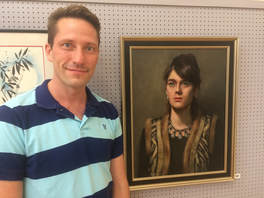 With my portrait of Emma With my portrait of Emma Art lovers in the South East are enjoying a wide variety of painting, sculpture and pottery at the Association of Sussex Artists show in Horsham. As in previous years, I am showing a range of works and was delighted to be asked to sit on the judging panel for a second year. It is particularly exciting to see a number of individuals who have been educated in classical oil painting exhibiting at the show including Jason Tremlett and Pam Gowing (winner of the 2D award). Their works, along with the beautiful landscape paintings of regular exhibitors Dennis Roxby-Bott and Hagop Kasparian were my stand-out artworks of this year's show. The Association of Sussex Artists Annual Exhibition runs until Saturday 25th August at the Drill Hall, Horsham. It is open from 10.30 - 5pm daily. Entrance is free. |
Ben Laughton SmithContemporary works of art in the classical tradition. Archives
March 2021
Categories |
Proudly powered by Weebly
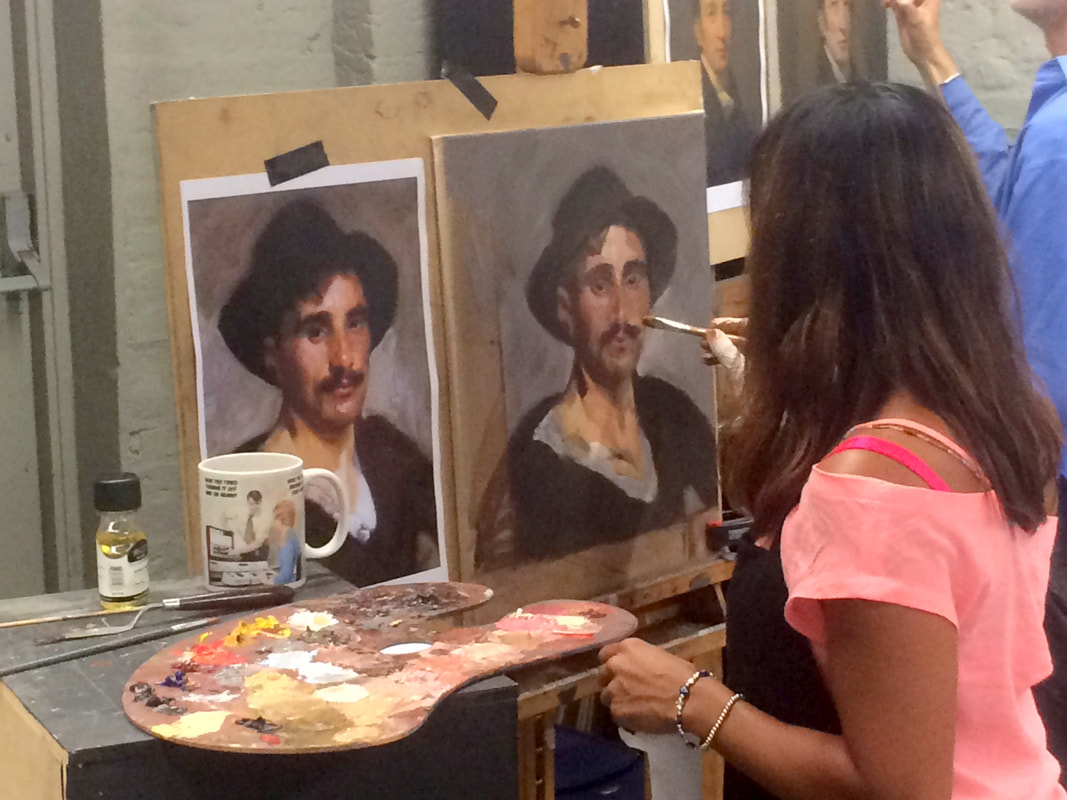
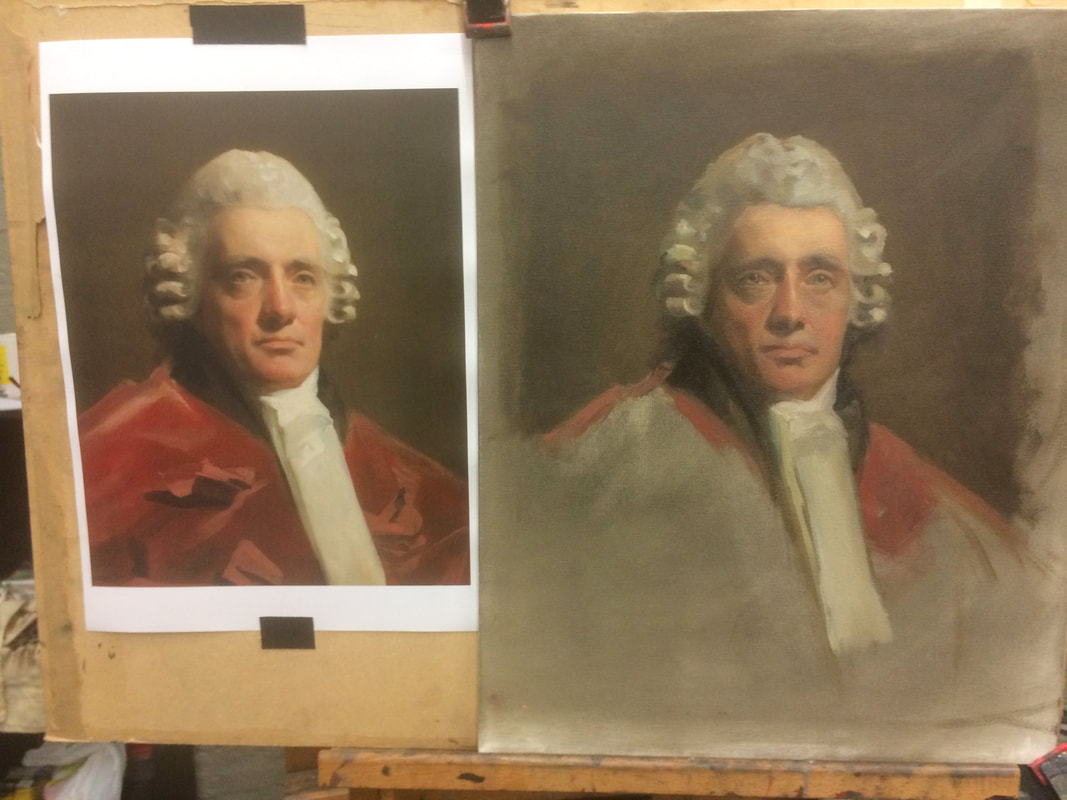
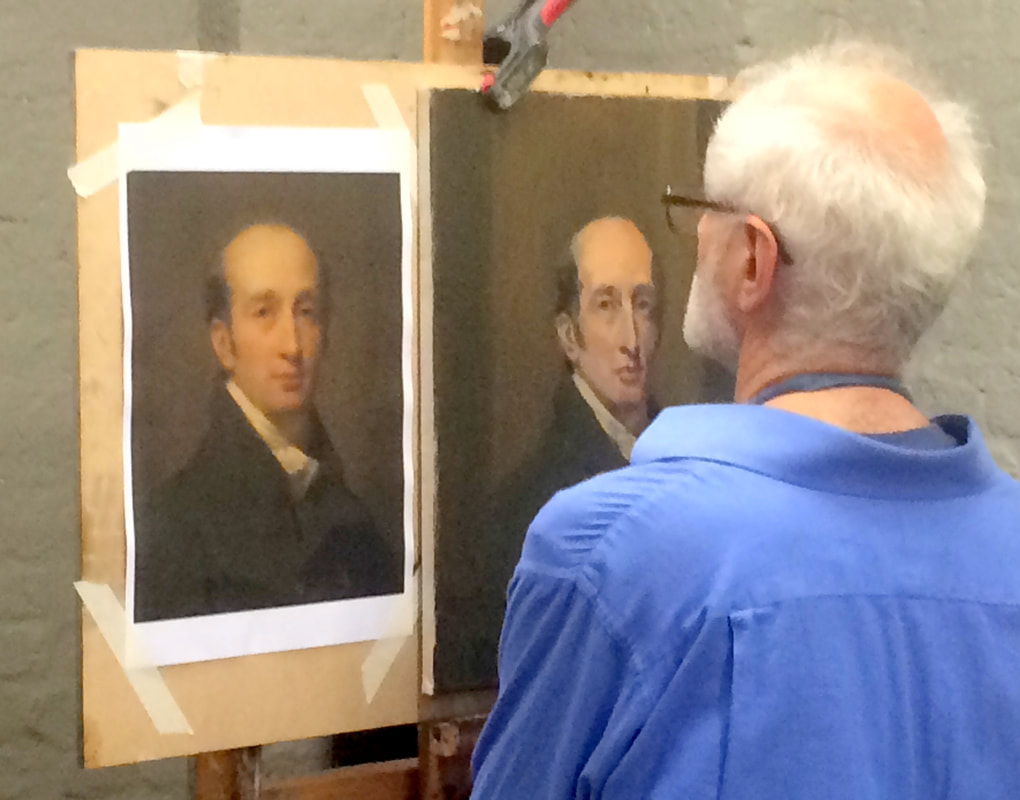
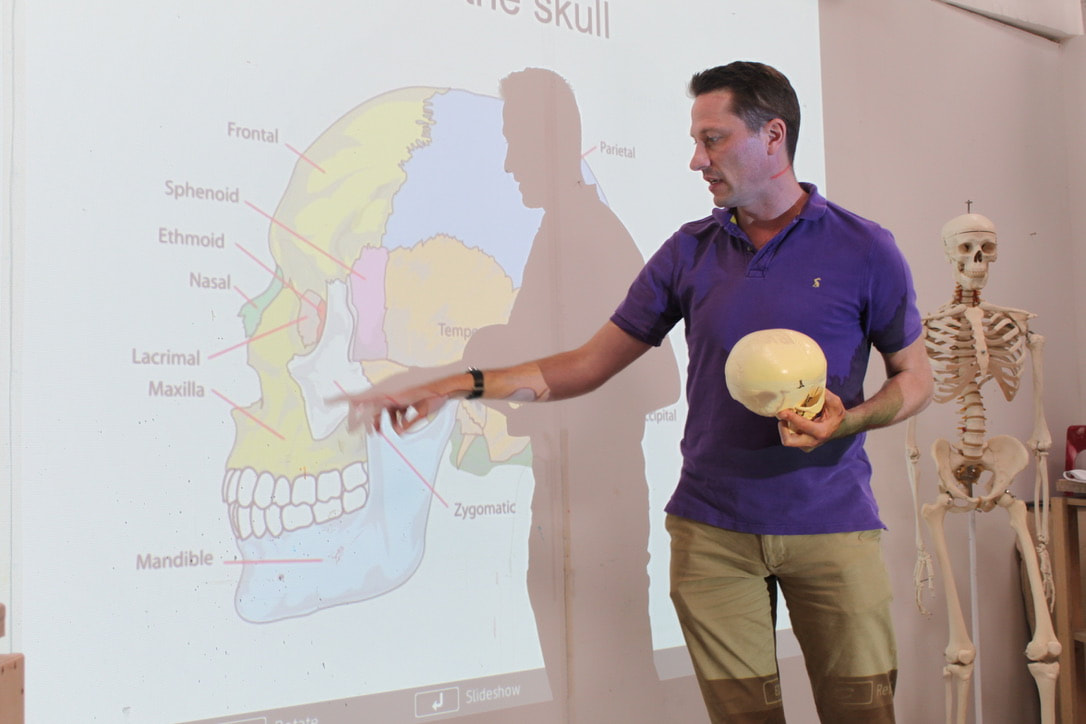
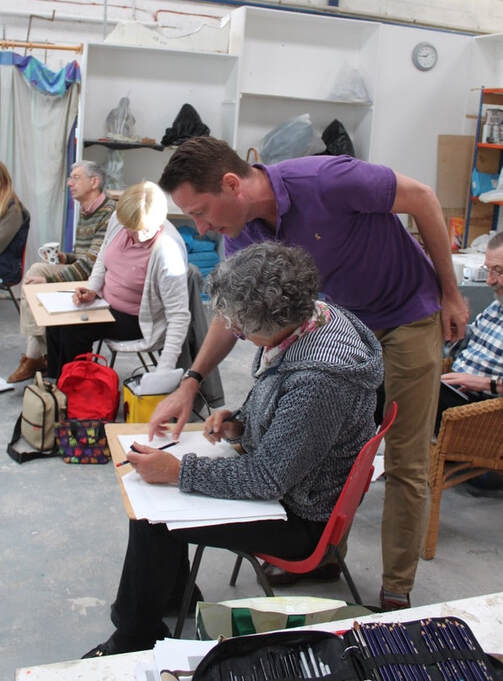
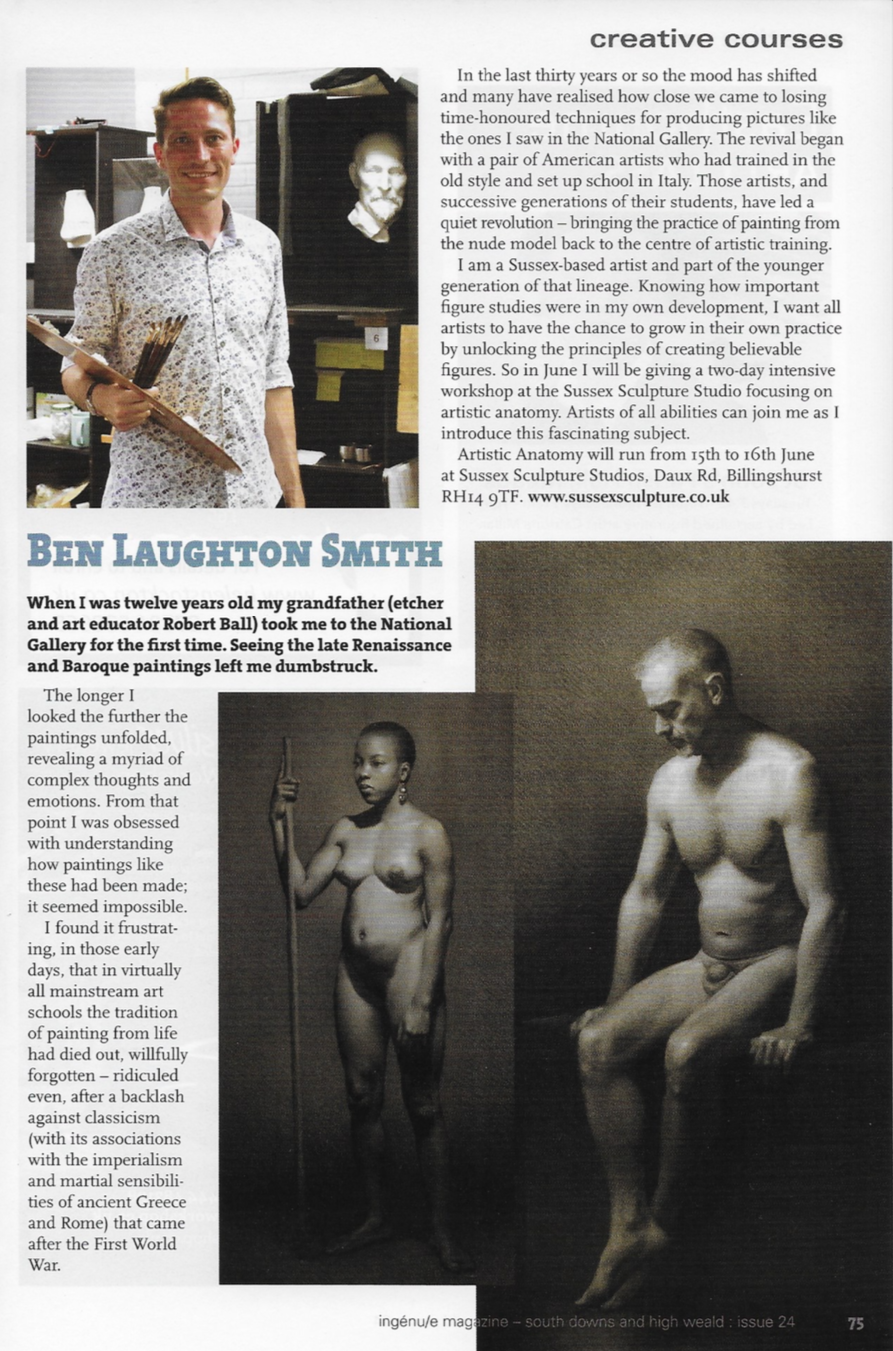
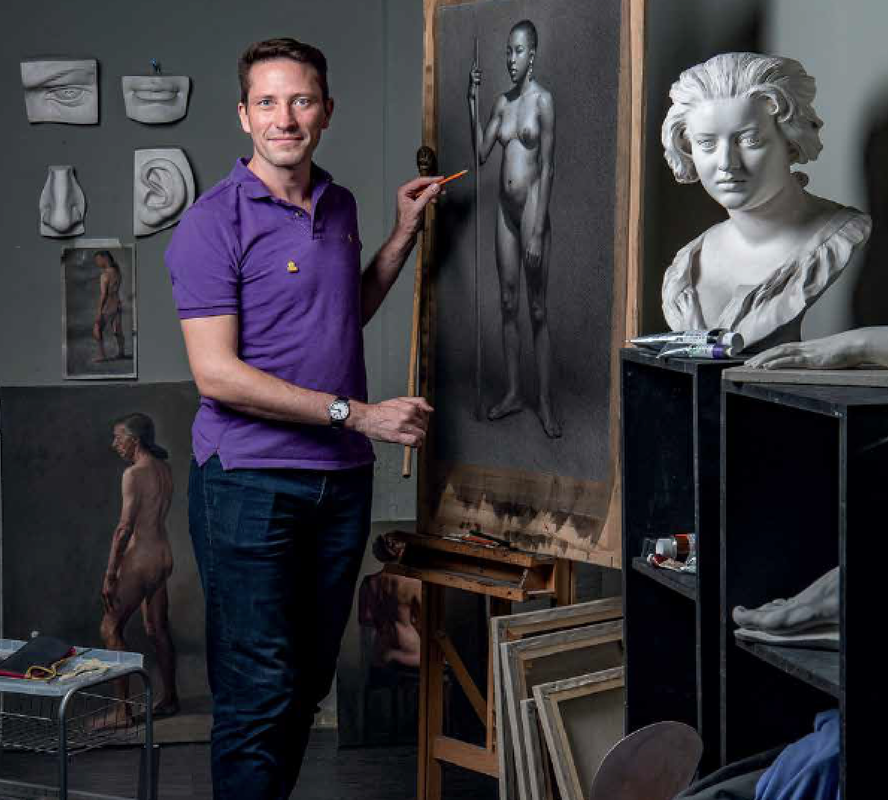
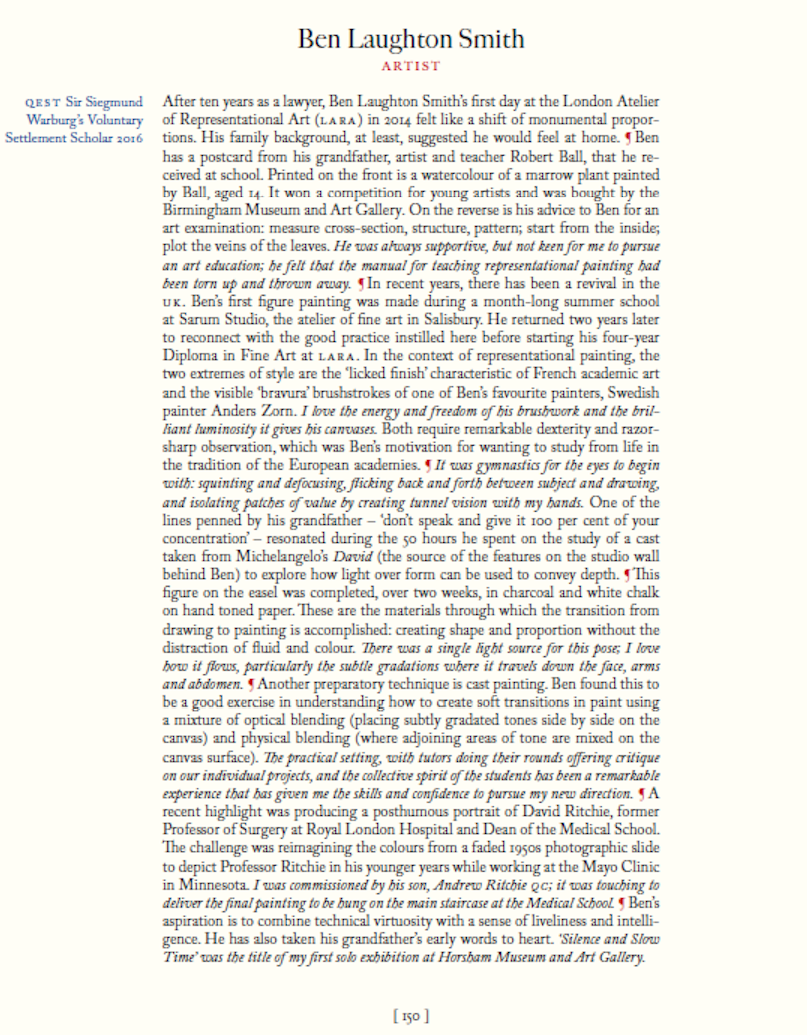
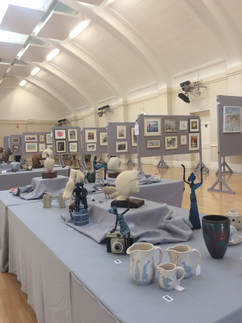
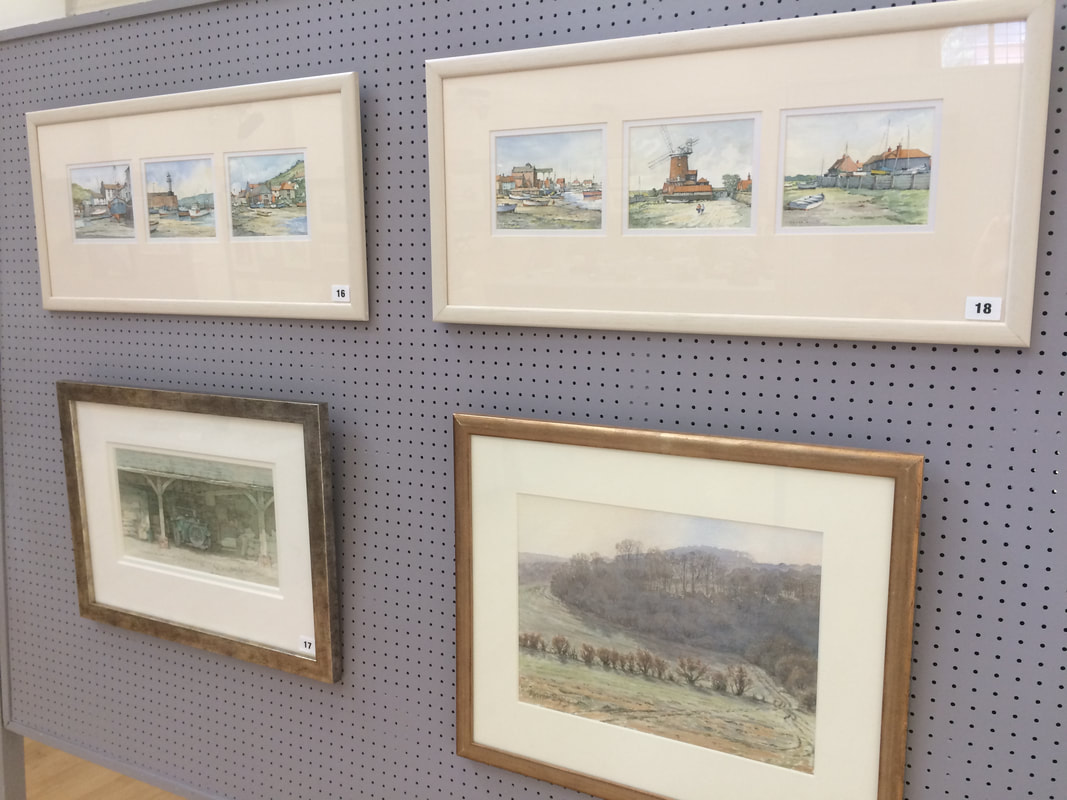
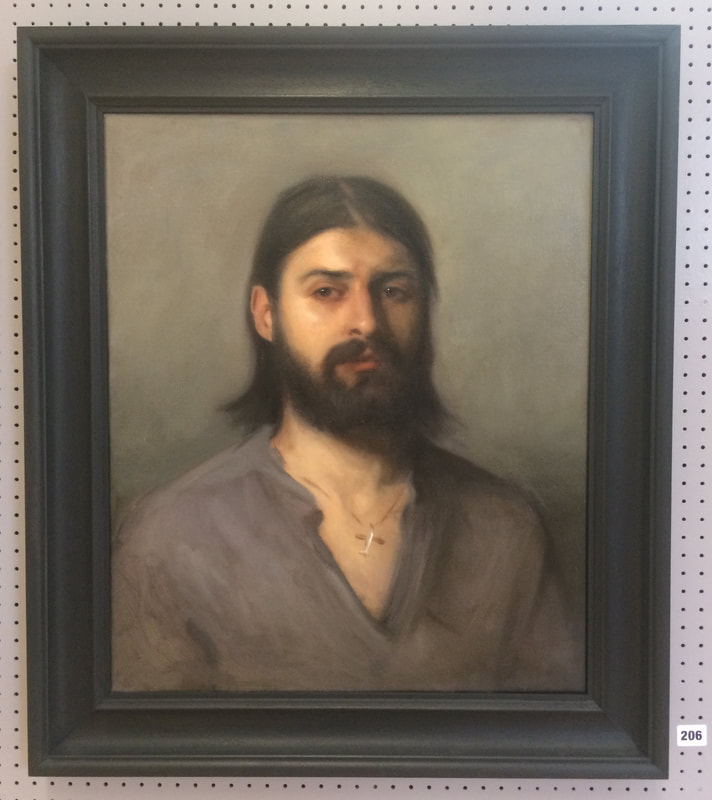
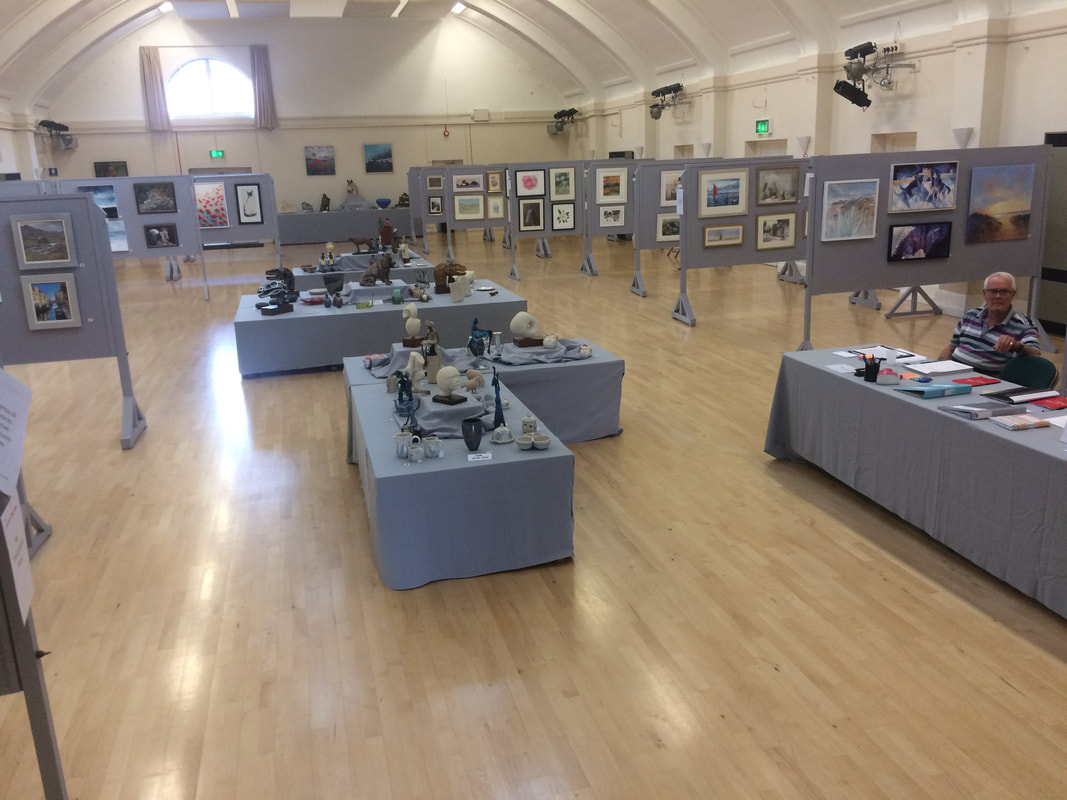
 RSS Feed
RSS Feed